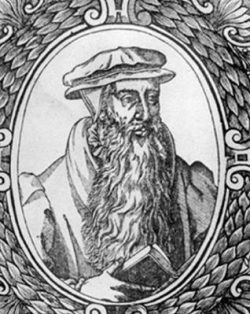John Knox (1513-1572)
John Knox, brought the Calvinist reform to Scotland.
An eventful life
John Knox studied at the University of Glasgow. He may have been a priest but his occupations were as a notary and a tutor. He was converted to the Reformation in 1546 and became a pastor at Saint-Andrews. He was taken prisoner by the French at Saint-Andrews in 1547, and made a galley slave.
He was freed in 1549 and went to England and was appointed chaplain to young King Edward VI.
When Mary Tudor became queen in 1553, he fled to France and then to Geneva where he met Calvin. As a pastor of the English Church, he worked on the translation of the Geneva Bible into English. He developed a liturgy in English, heavily influenced by the Geneva liturgy. It later was adopted as the liturgy of the Scottish Church.
In 1555, he went back to Scotland to preach the calvinist Reformation, but had to flee away again to come back for good in 1559.
The reformer of Scotland
The Reformation was established in Scotland for political and religious reasons. The monarchy was weak as Mary Stuart still was under age. Marie de Guise was the regent until 1560. Two parties were opposed, namely the French one favourable to Catholicism, and the English one favourable to Protestantism.
In 1560 the noble protestants’ revolution consisted in abolishing papacy, idolatry, and mass. Marie Stuart came back to Scotland in 1561 after her husband, the king of France François II, had died. But she could not establish her authority and France, in the midst of the Wars of Religion, could not back her. John Knox through his sermons contributed to her deposition in 1567, and then had a lot of influence on the new king James VI. John Knox was one of the founders of the Presbyterian Church in Scotland, his main contribution being the liturgy : The Book of Common Order.
His works
In The First Blast of the Trumpet against a Monstrous Regiment of Women published in Geneva in 1558, the targets were women in power, namely Marie de Guise, Mary Stuart, and Mary Tudor who defended Catholicism. John Knox was the first in Scotland to elaborate the notion of resistance to the tyrant.
He also wrote The History of Reformation in Scotland, published in London in 1587.
Bibliography
- Books
- JANTON Pierre, Concept et sentiment de l’Église chez John Knox, le réformateur écossais, PUF, Paris, 1972
- REID William, Trumpeter of God. A biography of John Knox, Scribner, New York, 1974
Associated notes
-
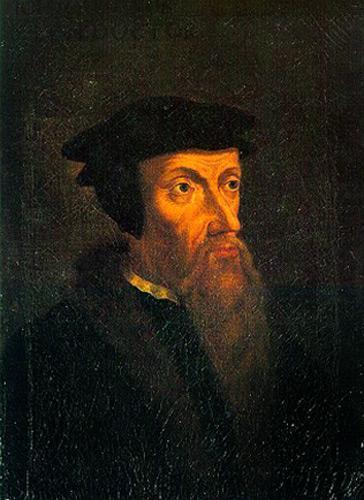
Jean Calvin (1509-1564)
A generation after Luther, the Frenchman Jean Calvin became the organiser of the Reformation : he organised the Church, shaped the doctrine and defined the role of the Church in state government. -
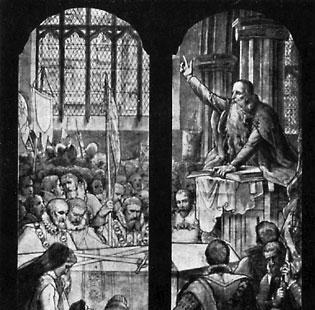
Protestantism in Scotland
The Church of Scotland was founded by John Knox in 1560 ; it is Presbyterian and Calvinist. When the kings of Scotland were also ruling in England they tried to transform... -
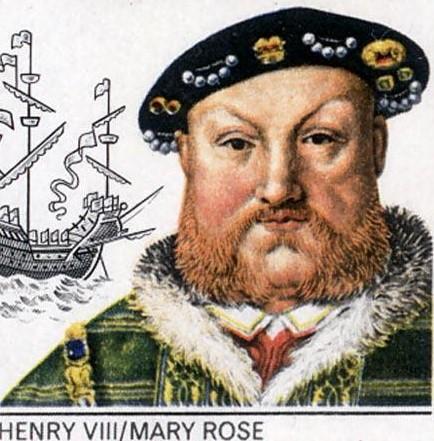
The Anglican Reformation in 16th century
The secession of the Church of England in 1534 opens the gates to the Protestant influence. -
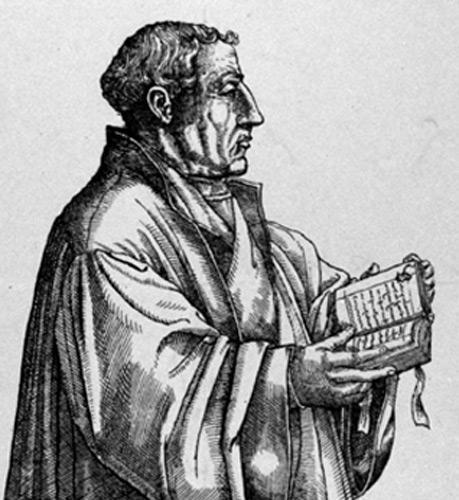
Martin Bucer (1491-1551)
He was born in Alsace, was a humanist and tried all his life long to safeguard the unity of the Church. -
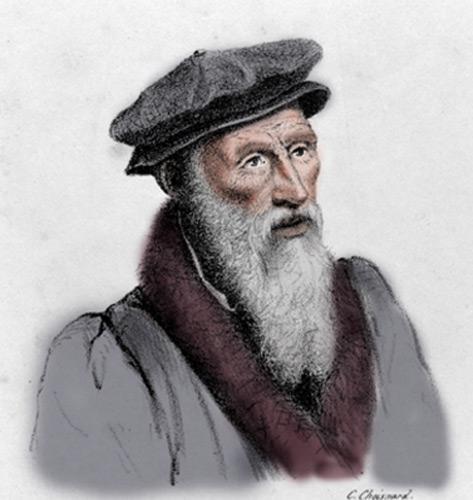
Guillaume Farel (1489-1565)
Farel was the reformer of French-speaking Switzerland, precisely in the Neuchâtel area. He was a preacher but also an organiser and author of a liturgy in French. -
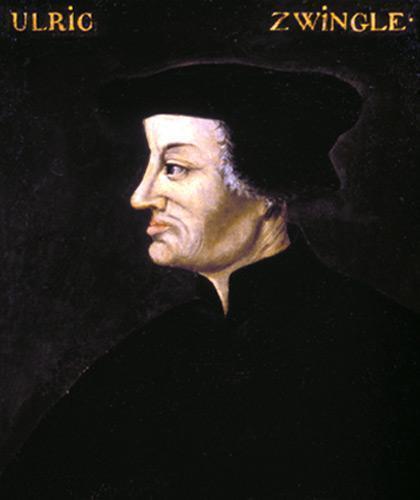
Ulrich Zwingli (1484-1531)
Zwingli, a pastor and theologian, based the Reformation on Bible study. In his opinion the Reformation comprised fighting social injustice. -
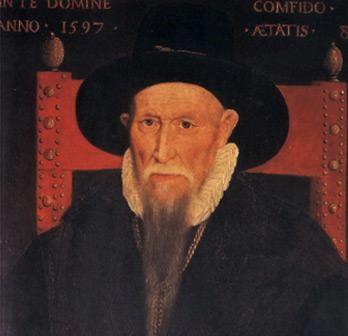
Théodore de Bèze (1519-1605)
Theodore Beza was one of the most prominent figures in the Reform movement. He supported Calvin and succeeded him as moderator, i.e. president, of the Company of pastors in Geneva.... -
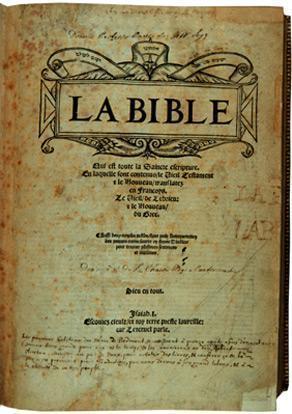
Olivétan (1506-1538)
Olivétan is well-known for his French translation of the Bible, referred to as Olivétan’s Bible. It was the first Bible ever to be translated into French from the original Hebrew...

